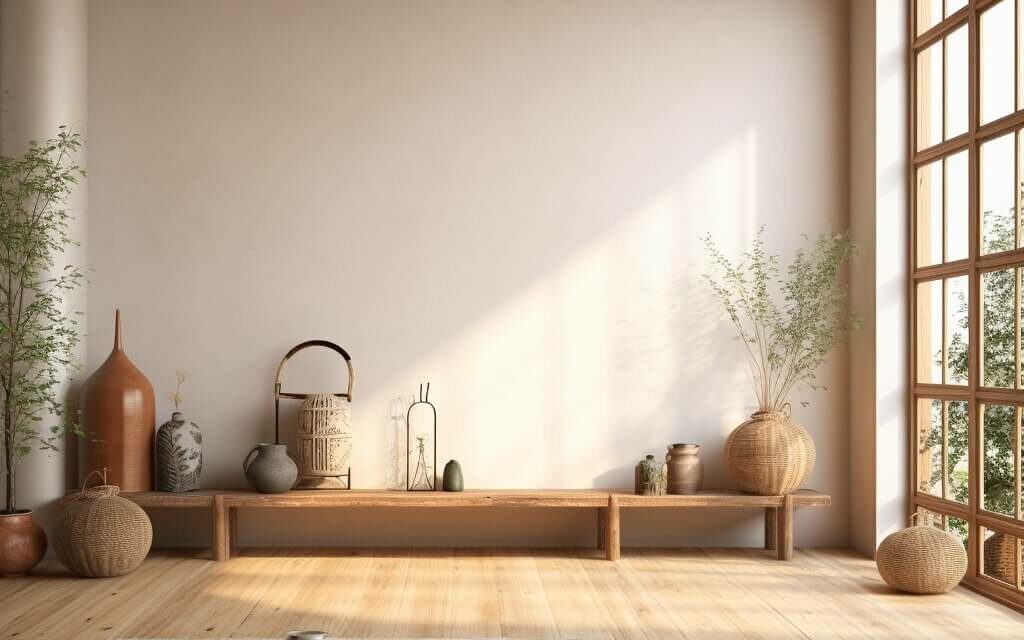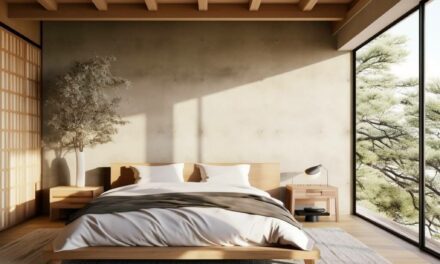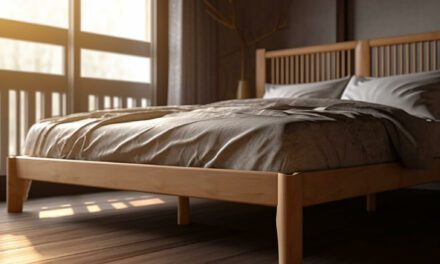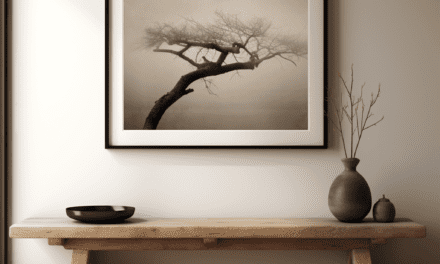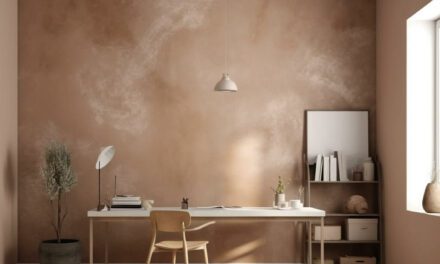From my first encounter with a Japandi apartment, it was love at first sight.
The design’s effortless fusion of two distinct cultures—Japanese and Scandinavian—creates an aesthetic that’s both serene and striking.
What is Japandi Style?
Japandi is a hybrid design trend that marries the minimalist sophistication of Japanese design with the functional, rustic appeal of Scandinavian decor.
It’s an aesthetic that seeks the perfect balance—warm yet simple, elegant yet functional. It is, in essence, a testament to the adage “less is more.”
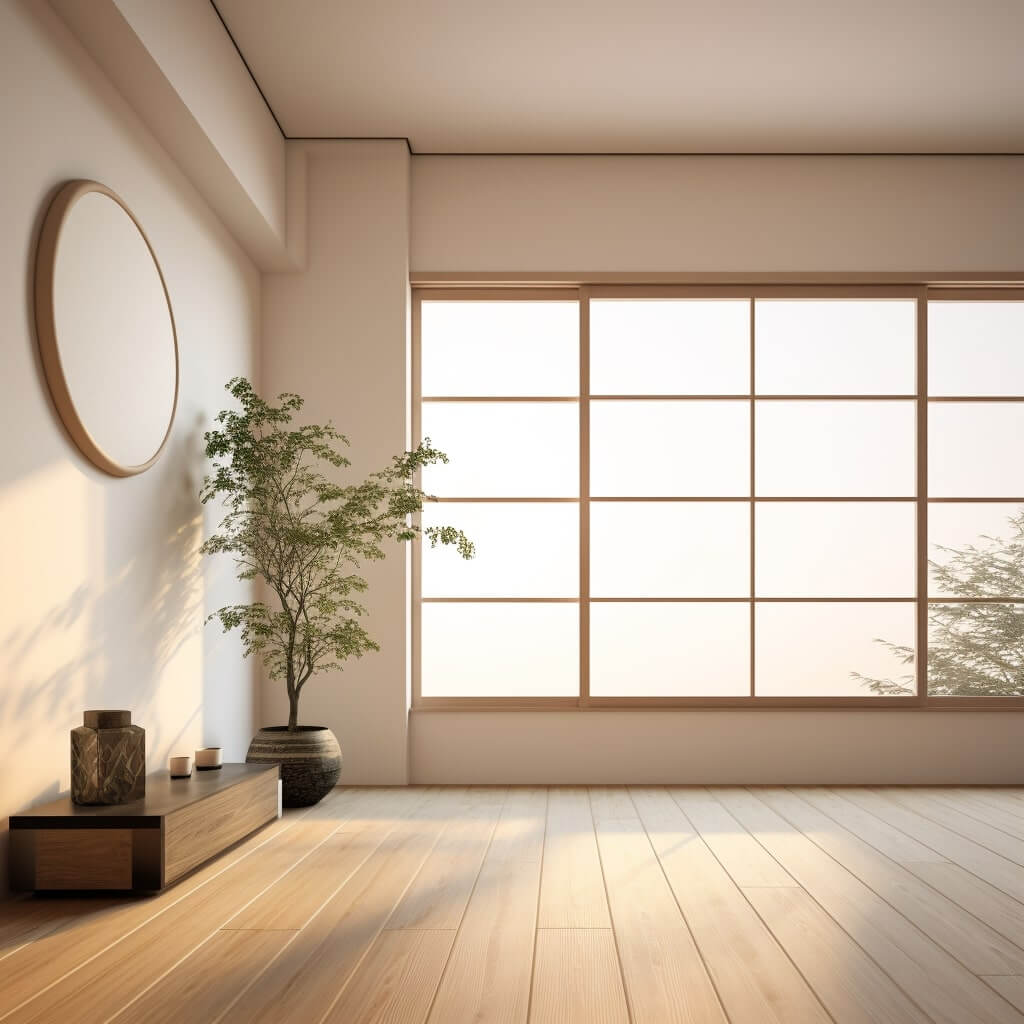
The Japandi Philosophy
But Japandi isn’t just about design—it embodies a philosophy. The Japandi philosophy is deeply rooted in principles of sustainability, functionality, and mindfulness.
It embraces the Japanese concept of ‘wabi-sabi‘—finding beauty in imperfection and appreciating the natural cycle of growth and decay.
It also appreciates the Scandinavian ethos of ‘hygge’—the pursuit of everyday comfort and coziness.
In the year I’ve spent in my Japandi apartment, I’ve found it’s more than just an aesthetic choice.
It’s a lifestyle shift that invites you to slow down, pare back, and find joy and harmony in simplicity.
It’s been a transformative experience, which I’m excited to share with you in the following sections.
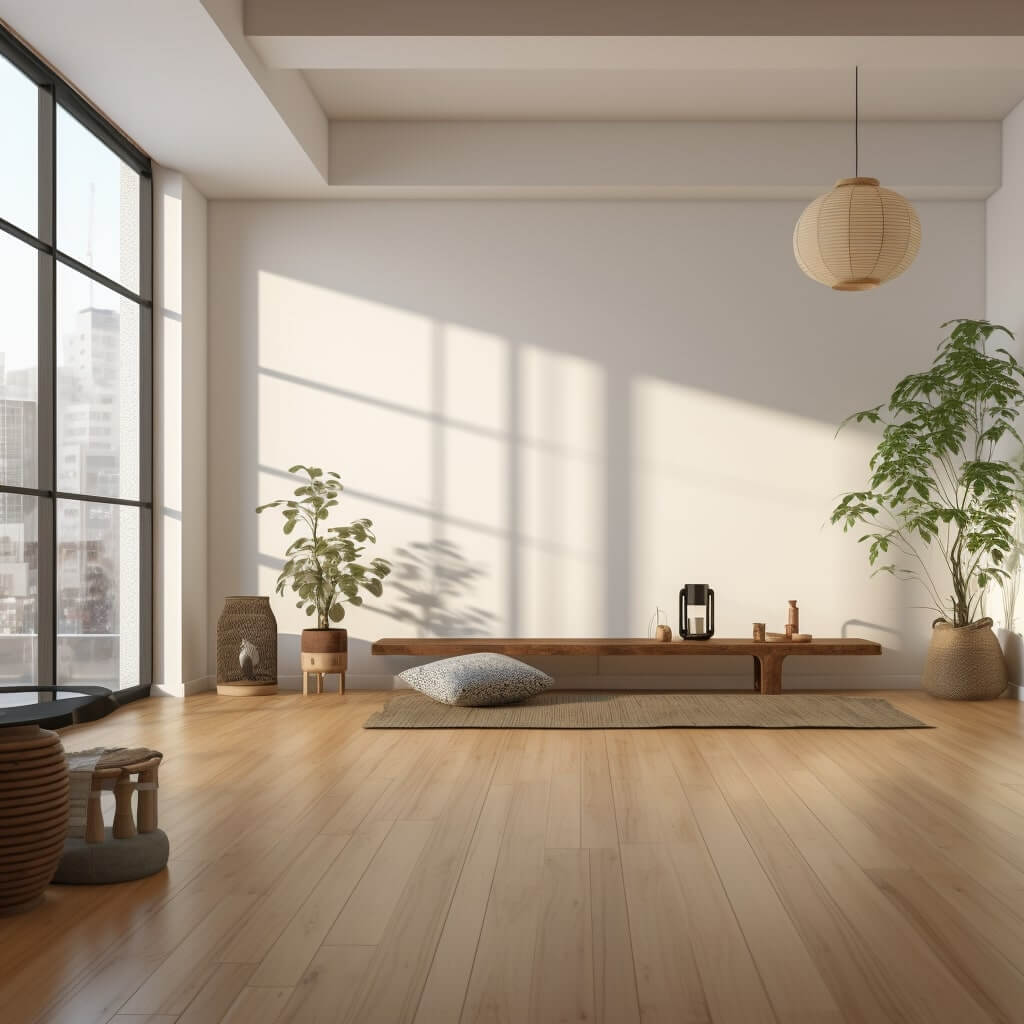
Key Features of Japandi Design
When I first began incorporating the Japandi style into my home, I was captivated by its unique features.
There are three primary aspects that define this aesthetic and guide its principles.
Minimalism and Functionality
Japandi is all about embracing minimalism, but never at the expense of functionality.
Every item in my apartment serves a purpose, contributing to a clutter-free environment that’s not just aesthetically pleasing but also deeply practical.
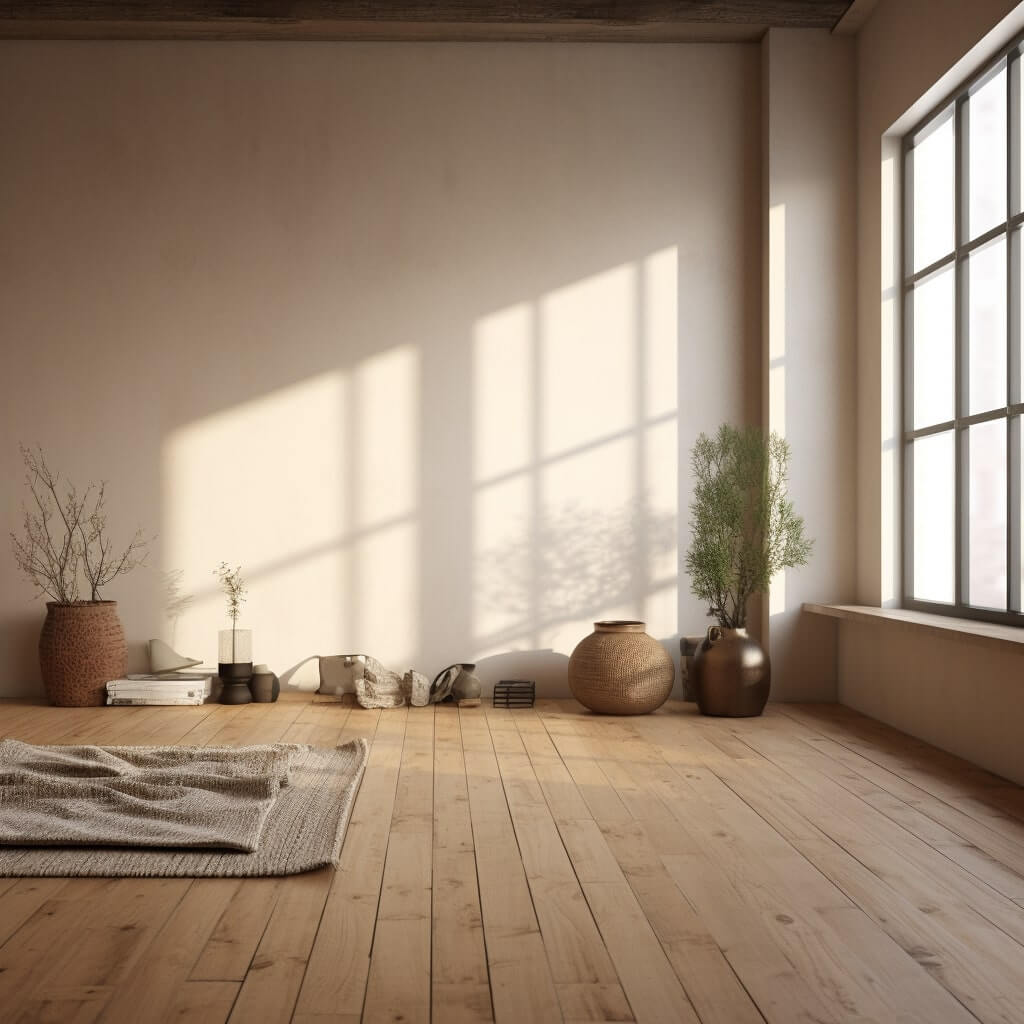
Natural and Sustainable Materials
Choosing natural and sustainable materials is key to Japandi design.
From furniture to decorative items, I prefer materials like bamboo, wood, stone, and linen.
These natural elements bring a sense of warmth and tranquility that align with both the Japanese and Scandinavian cultures.
Neutral and Earthy Color Palettes
In my Japandi home, you won’t find bold, brash colors. Instead, it’s all about subtle hues that echo the natural world.
Soft whites, cool greys, and muted earth tones predominate, helping to create a calm and peaceful atmosphere that’s the very essence of Japandi design.
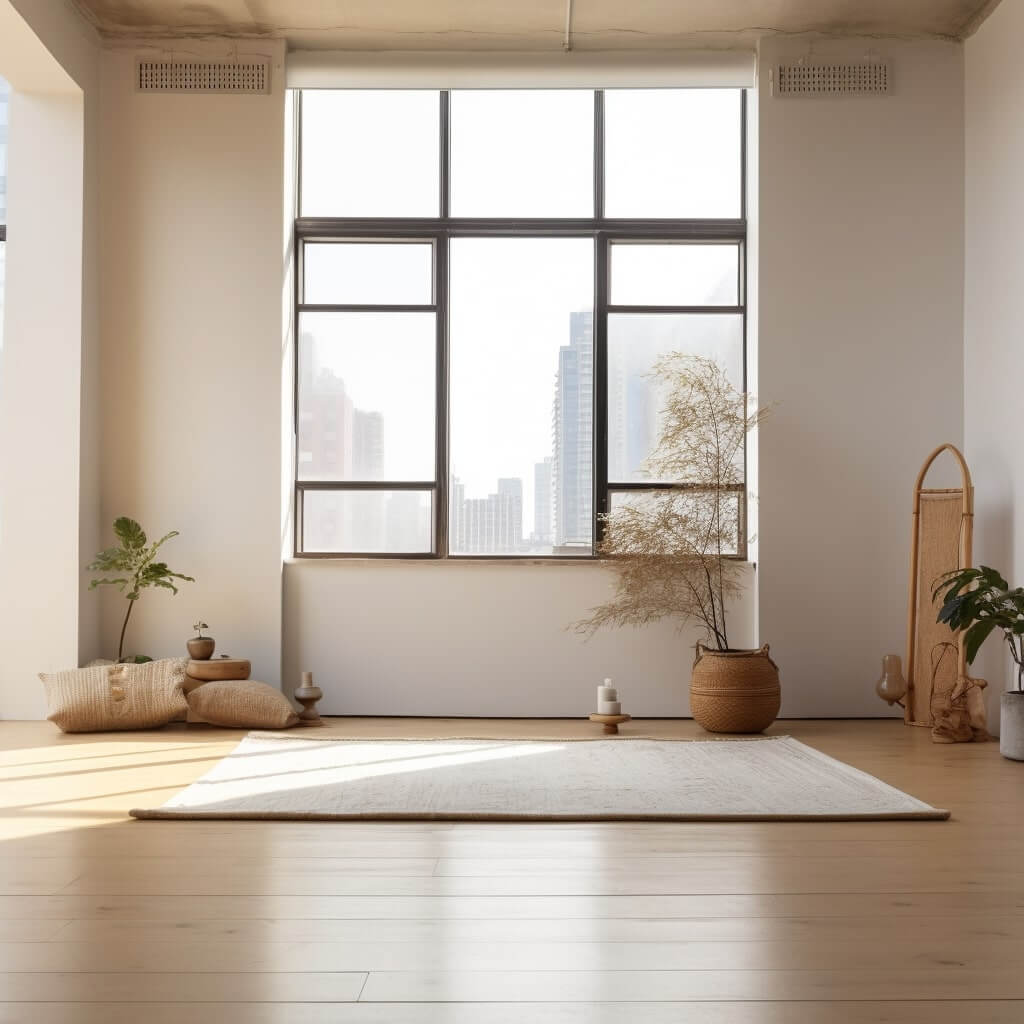
Designing a Japandi Apartment
Designing a Japandi apartment is a unique journey of mindfulness, simplicity, and creativity.
From the color palette to furniture selection, and from the entryway to the terrace or garden, every decision matters.
Here’s my own experience in creating a harmonious, Japandi-style living space.
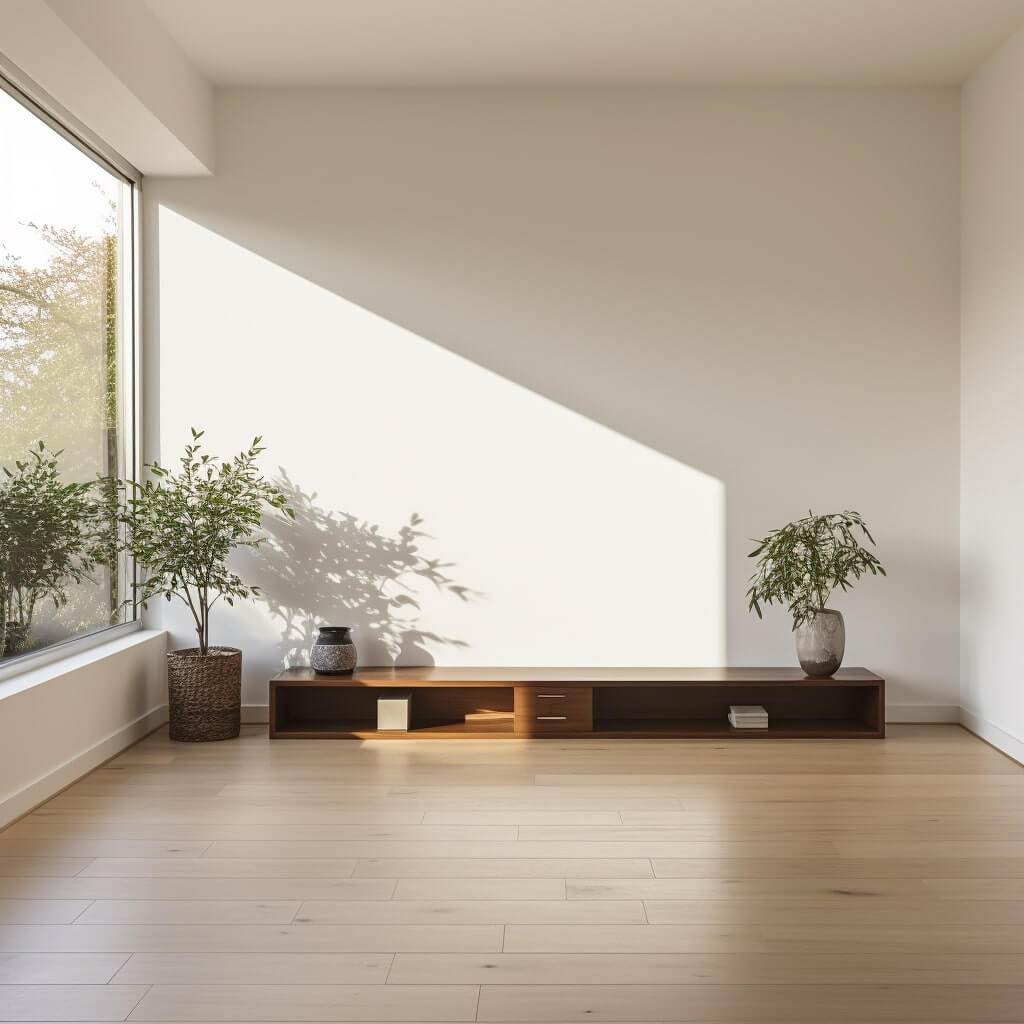
Choosing the Right Colors
Selecting the right color scheme is pivotal in Japandi design.
The colors used in my home were inspired by the quiet, natural beauty of a Scandinavian forest and the serene tranquility of a Japanese garden.
I’ve embraced soft neutrals such as pale greys, off-whites, and soothing beiges as the foundation for my color palette.
Accents come in the form of earthy tones—think forest greens, deep browns, and muted blues—that add depth and warmth without overpowering the serene ambiance.
Remember, the idea is to echo the natural world, allowing your space to become a soothing haven away from the hustle and bustle of everyday life.
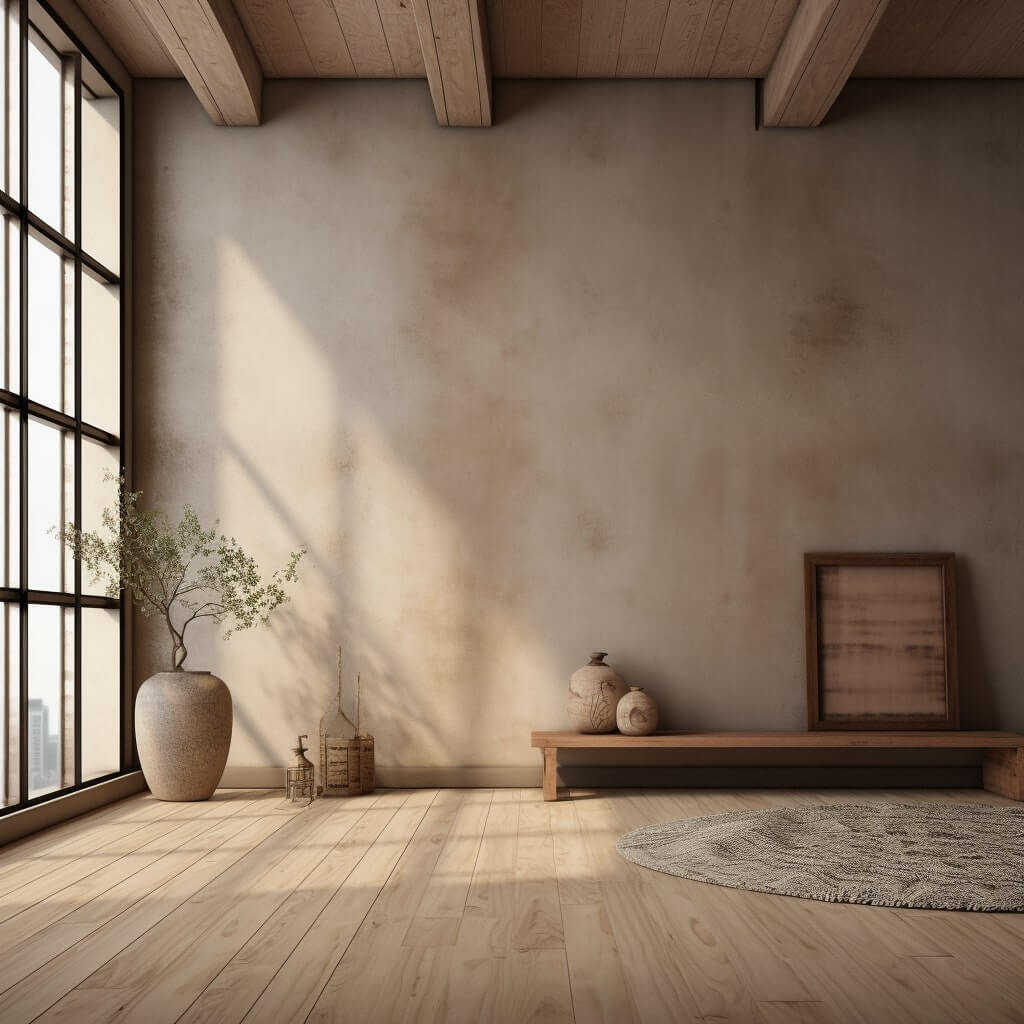
Selecting Japandi Furniture
Selecting the right furniture is as much about aesthetics as it is about functionality. In my Japandi apartment, every piece of furniture tells a story of minimalism and purpose.
Popular Japandi Furniture Choices
When it comes to Japandi furniture, the key is simplicity in form and function.
I’ve favored low-slung pieces like platform beds and low-rise sofas that are characteristic of Japanese interiors.
From Scandinavia, I’ve brought in clean-lined wooden pieces like coffee tables and bookshelves, their raw and unfinished aesthetic resonating with the wabi-sabi principle.
The furniture in my home is largely free from ornate details or embellishments.
Upholstery, if present, is done in neutral tones using natural, textured fabrics like linen or hemp.
This simplicity allows the beauty of the materials and the craftsmanship to stand out.
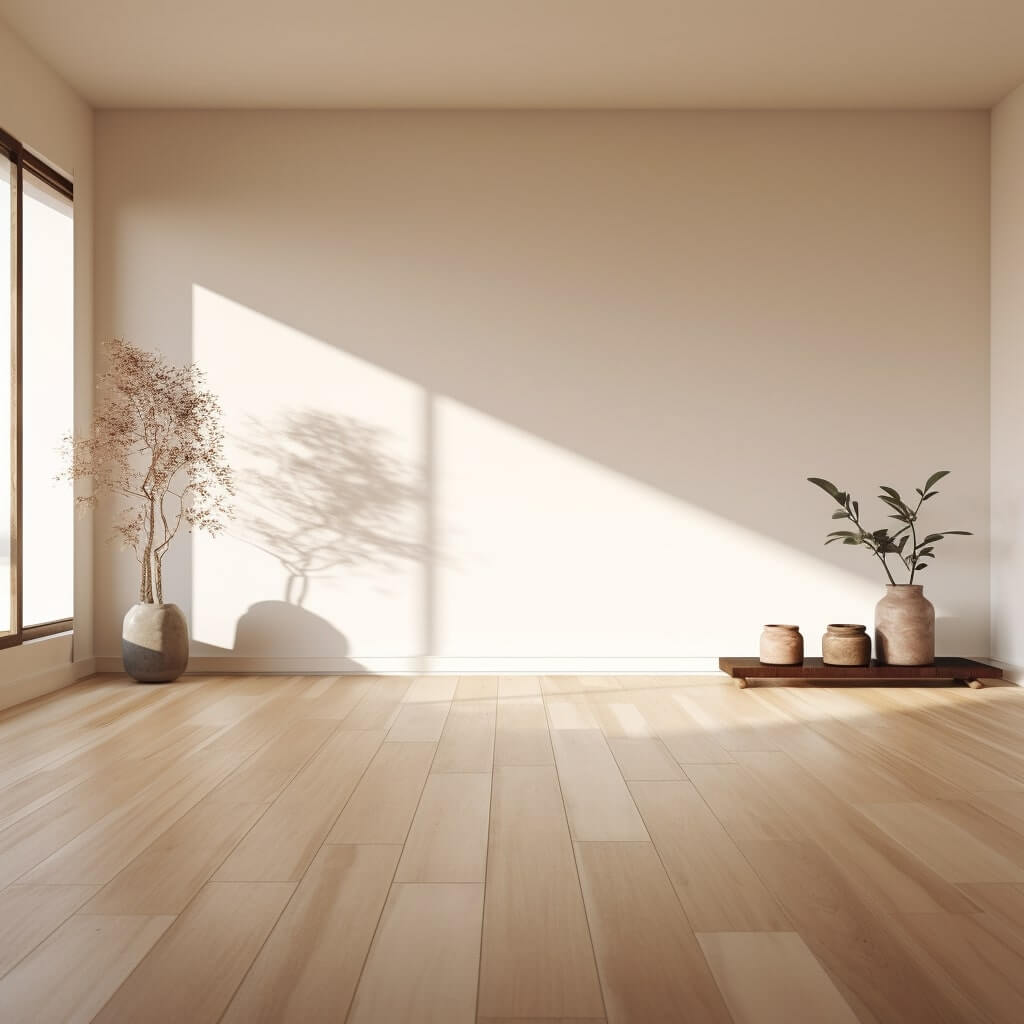
Shopping Tips for Japandi Furniture
When shopping for Japandi furniture, I’ve learned to value quality over quantity. It’s better to invest in fewer, well-made pieces than to clutter your space with items that don’t serve a purpose.
Seek out pieces that combine natural materials like wood or stone with simple, streamlined designs.
Also, remember that the Japandi style cherishes the idea of imperfection. Furniture pieces that show the mark of the craftsman, that aren’t too polished or perfect, are the ideal choice.
These add a sense of authenticity and character to your space.
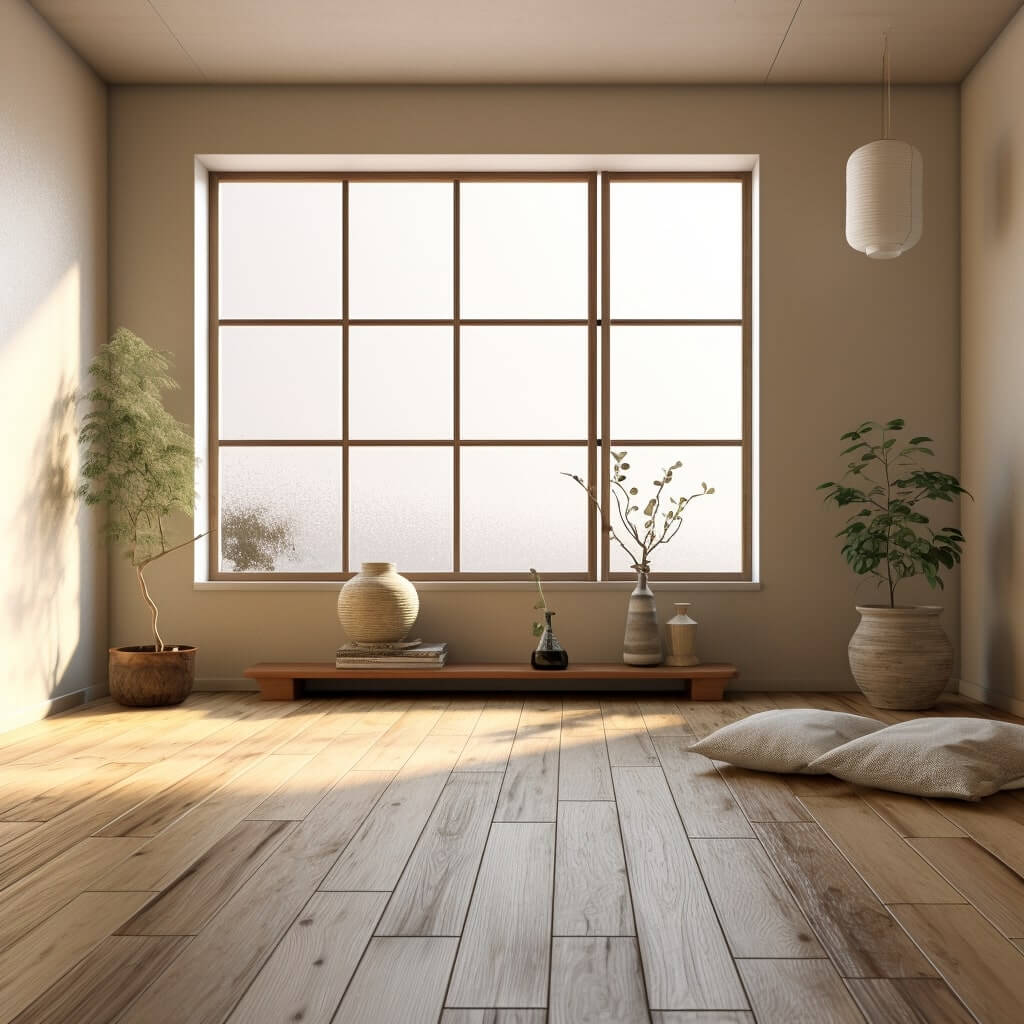
Utilizing Small Spaces Effectively
Living in an apartment often means dealing with space constraints.
But, as my experience has taught me, small can be beautiful too.
Multi-purpose Furniture
To make the most of the available space, I’ve opted for multi-functional furniture.
A coffee table with built-in storage, a sofa that converts into a guest bed, or a desk that can double as a dining table—each piece serves more than one purpose, allowing me to minimize clutter and maximize functionality.
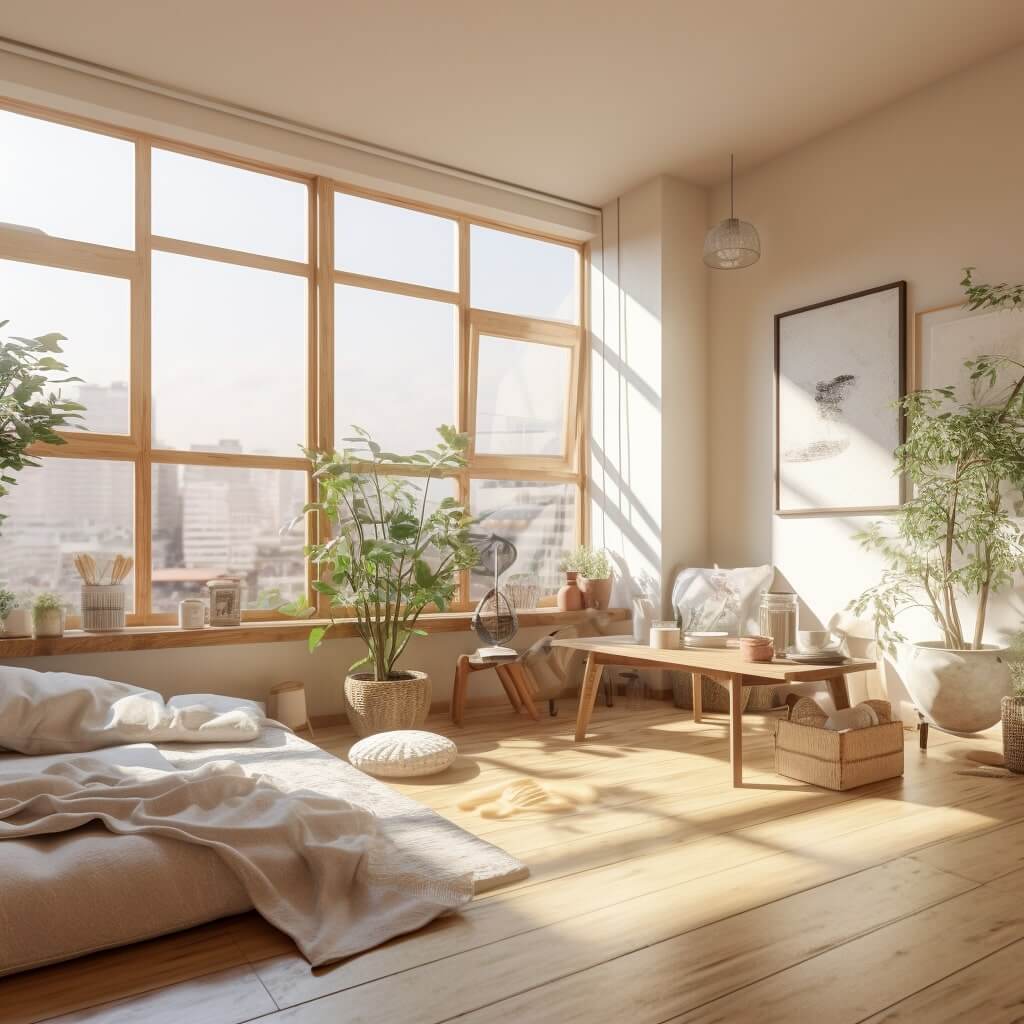
Illusion of Space Techniques
To create the illusion of a larger space, I’ve used a few simple techniques.
Light colors on walls and floors reflect more light, making the room feel airy and spacious.
Strategic use of mirrors amplifies natural light and adds depth.
Finally, using a consistent color scheme throughout the apartment creates a seamless flow, making the space feel unified and expansive.
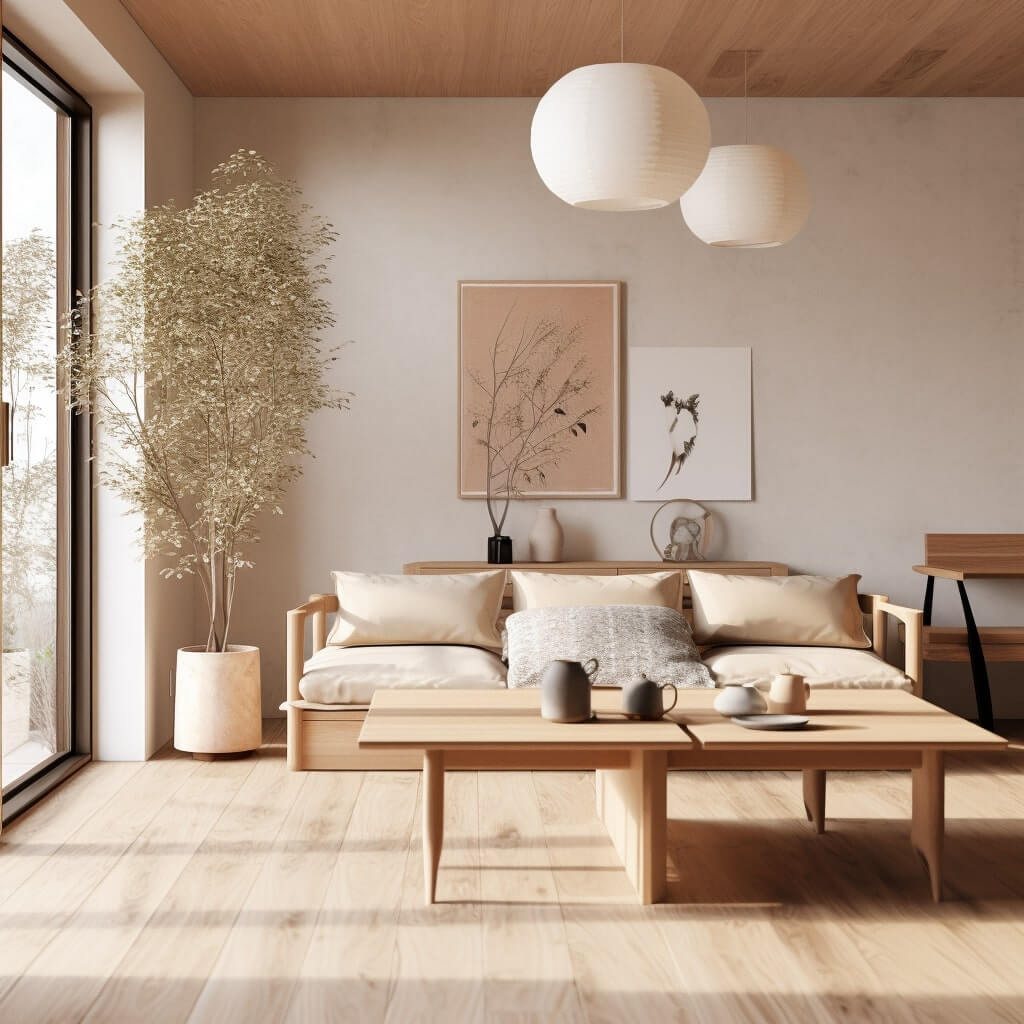
Japandi-inspired Storage Solutions
As someone living in an apartment, I’ve found that smart, Japandi-inspired storage solutions are a lifesaver.
They help maintain the sense of serenity and order that’s so integral to the Japandi aesthetic.
Clever Storage Ideas
In my home, every nook and cranny is used to its full potential.
From under-bed storage and built-in shelves in unexpected places (like staircases or under the coffee table) to multipurpose furniture with storage capabilities—these creative solutions help keep my living space clutter-free.
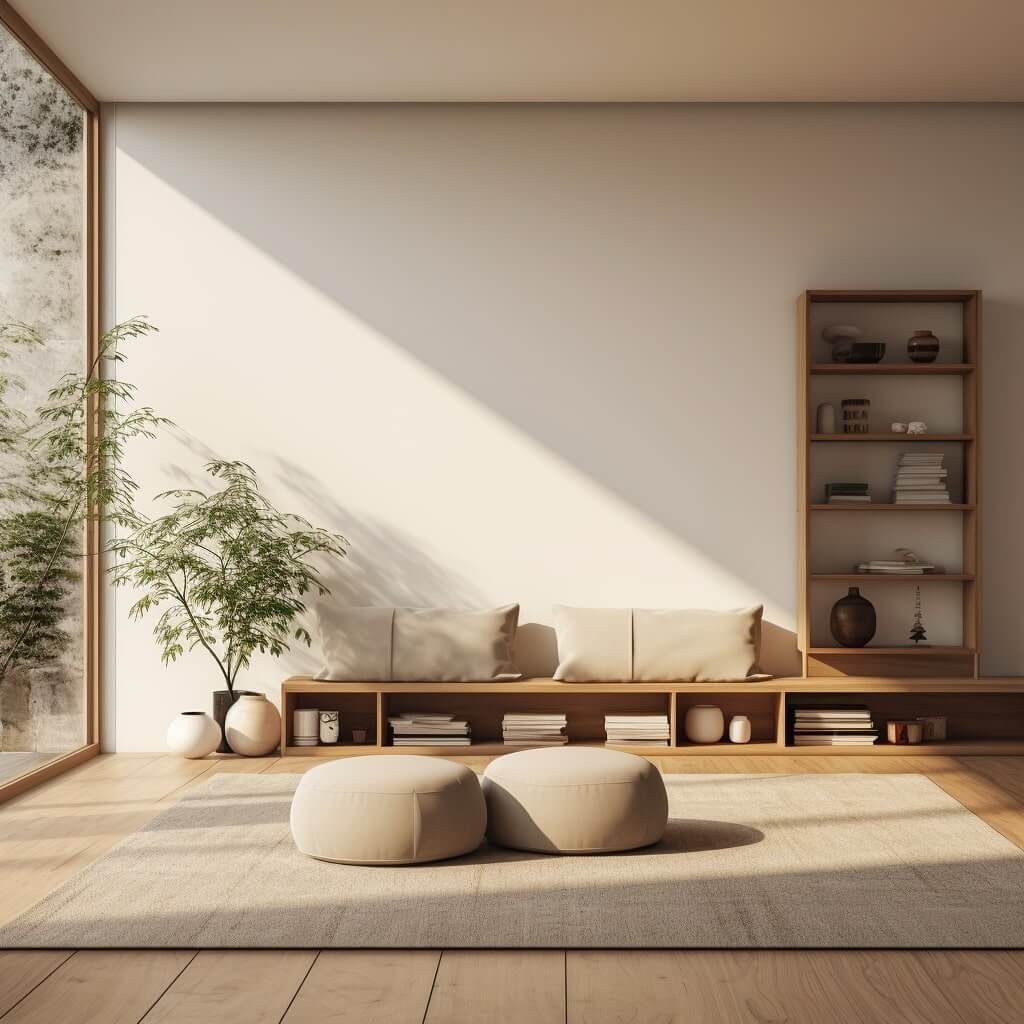
Blending Storage into the Design
Storage isn’t merely functional in a Japandi apartment; it’s also an element of design.
Instead of hidden storage, I’ve embraced the concept of display storage.
Open shelves for books, artworks, or plants, wooden crates serving as both storage and side tables, or woven baskets holding blankets and cushions—all these not only provide storage but also add character to my space.
The Art of Decluttering
But above all, embracing Japandi means learning the art of decluttering.
Regularly taking the time to assess what I own, and removing items that no longer serve a purpose or bring joy, has been a transformative practice.
It helps maintain a minimalistic environment and aligns with the Japandi philosophy of valuing quality over quantity.
Indeed, thoughtful storage solutions are an integral part of creating a harmonious Japandi space that feels serene yet fully functional.
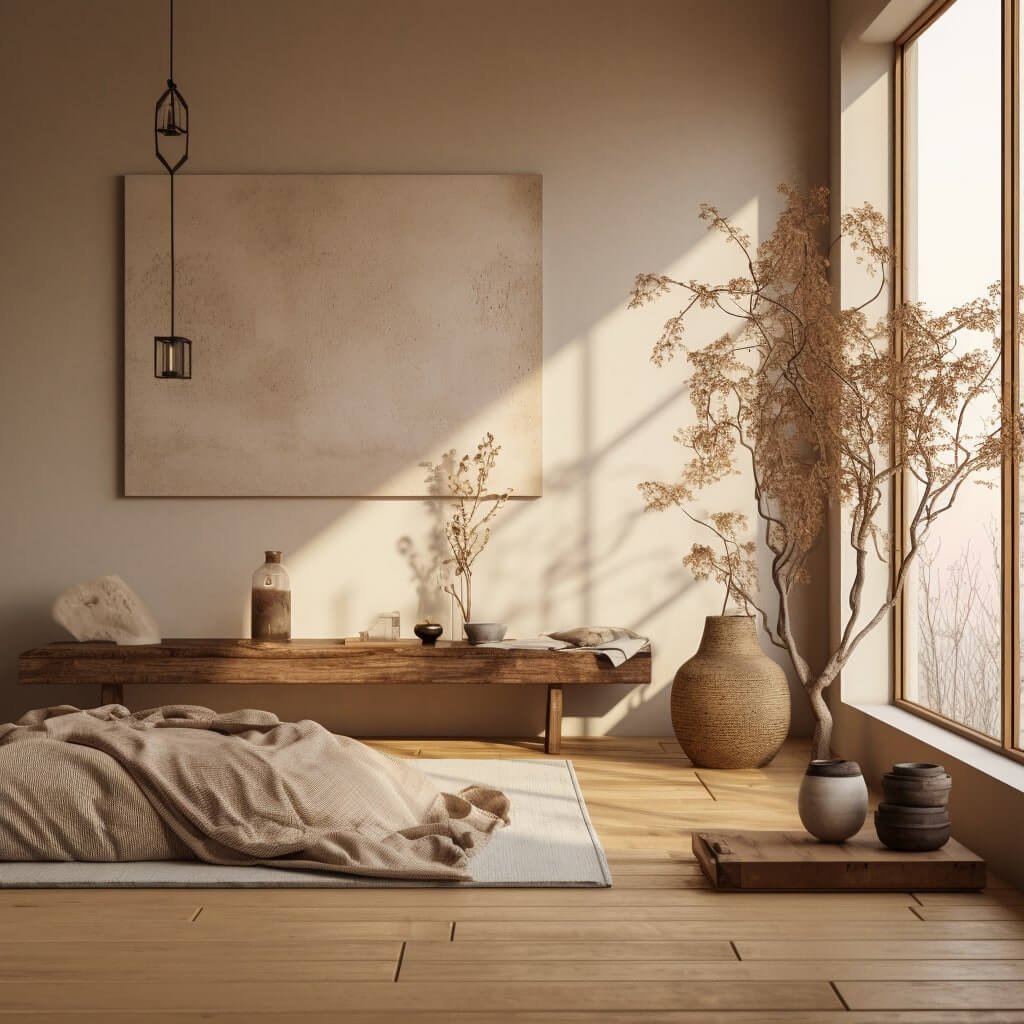
Materials in Japandi Apartment Design
In a Japandi apartment like mine, the choice of materials is crucial.
The materials aren’t just the backdrop of the home—they’re an expression of the Japandi philosophy itself.
Importance of Natural Materials
The Japandi style champions natural materials for their warmth, texture, and connection to the earth.
My furniture pieces—crafted from raw, unfinished woods—exhibit their natural imperfections proudly.
Stone, glass, and ceramics feature prominently in my Japandi style décor, each adding its unique touch to the overall aesthetic.
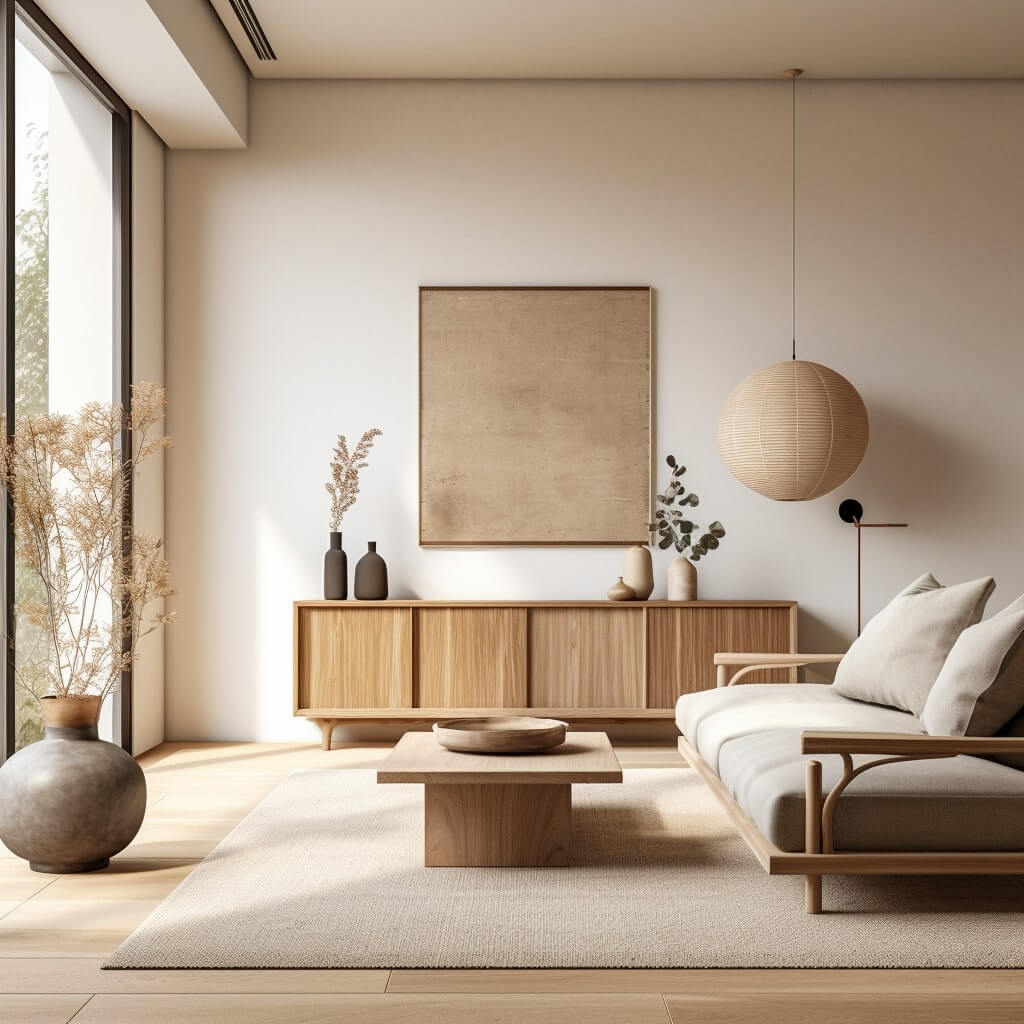
Sustainable Material Options
Moreover, Japandi aligns with my commitment to sustainability. I’ve opted for eco-friendly materials like bamboo, reclaimed wood, and organic cotton.
Shopping second-hand and locally has also helped reduce the environmental impact.
After all, creating a home that’s beautiful, peaceful, and kind to the planet embodies the true spirit of Japandi.
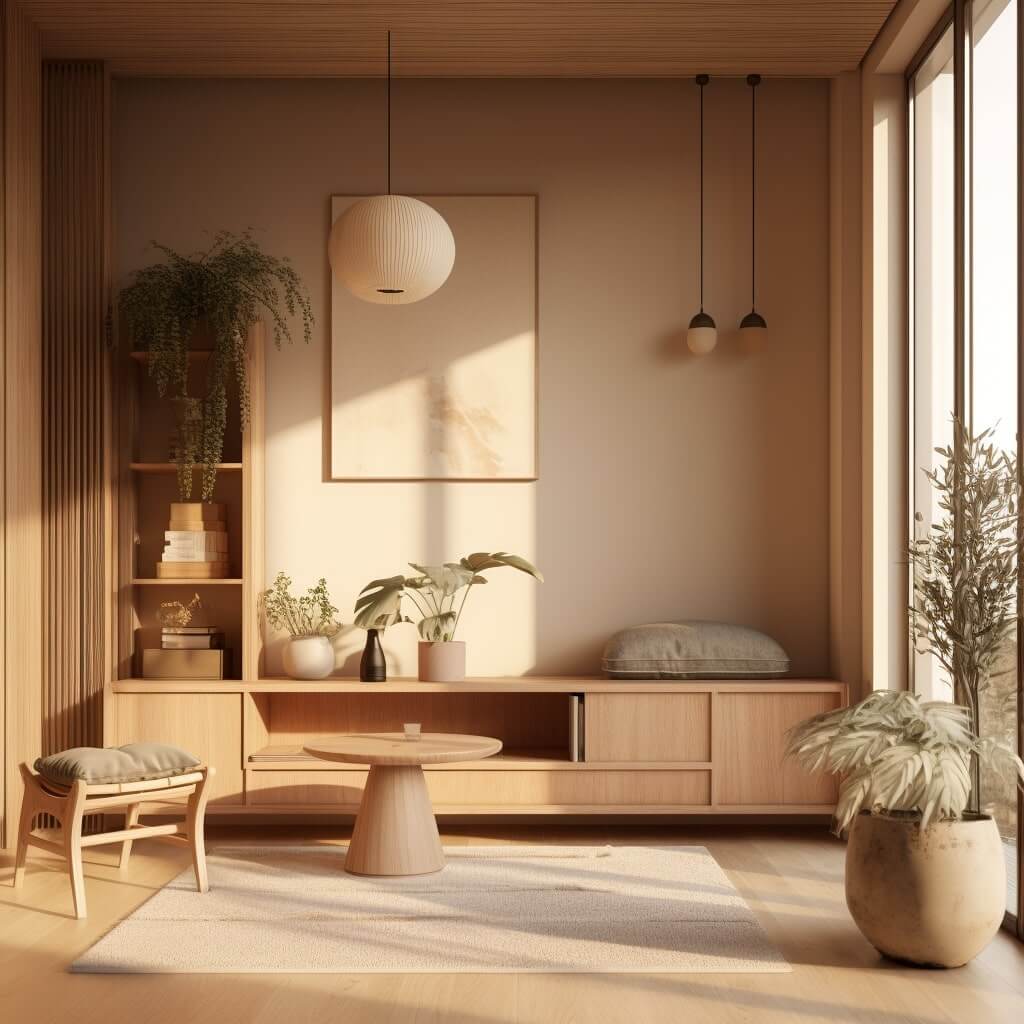
Importance of Lighting in a Japandi Apartment
Lighting is a vital, yet often overlooked aspect of Japandi design. In my apartment, the right lighting has made all the difference.
Natural Lighting
Japandi design values the use of natural light. I’ve utilized sheer curtains, mirrors, and strategic furniture placement to maximize sunlight, creating an open and airy atmosphere.
Artificial Lighting
For artificial lighting, I’ve used softer options to mimic natural light. Dimmable lights and lamps with warm tones maintain the serene ambiance even after sunset.
Lighting Fixtures that Complement Japandi Aesthetics
My choice of fixtures—minimalistic designs in natural materials—enhances the Japandi aesthetic, serving both as a light source and a design statement. This thoughtful approach to lighting truly brings out the beauty of my Japandi home.
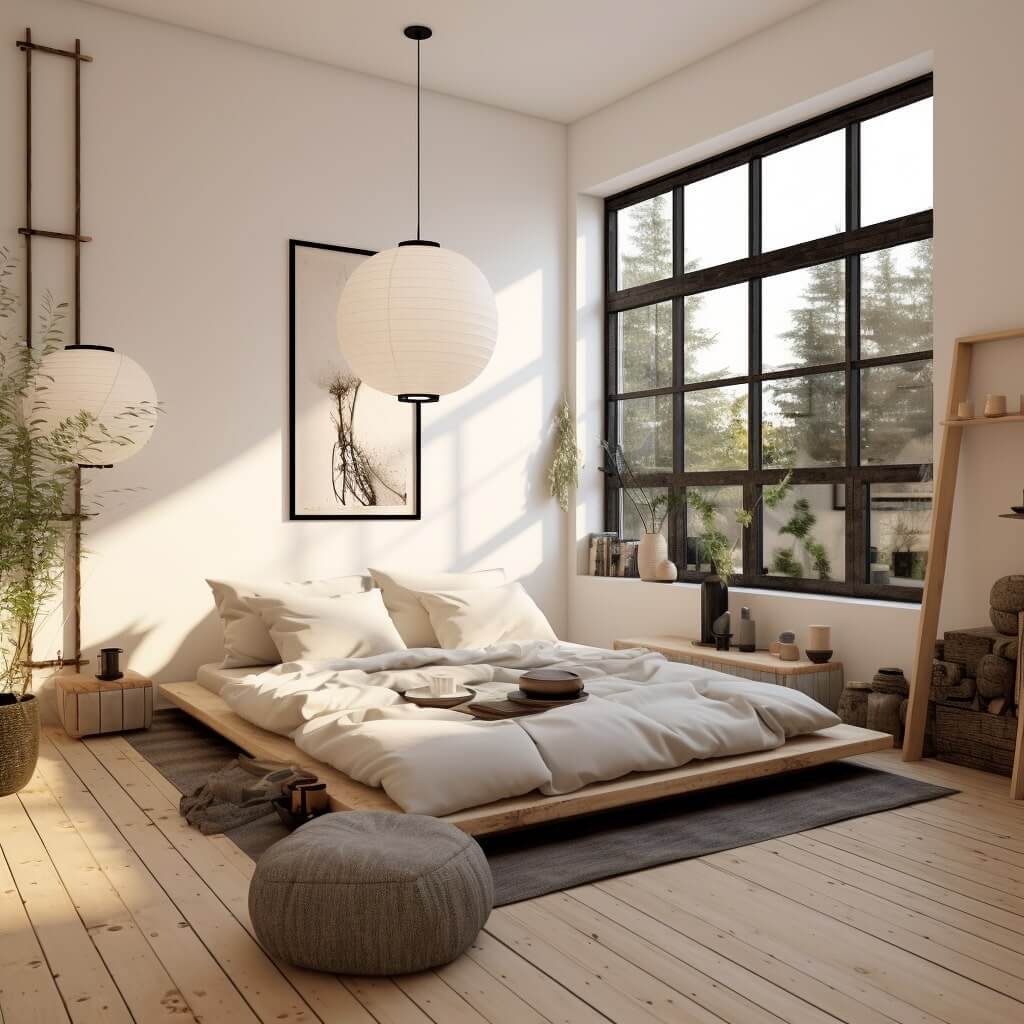
Room-by-Room Guide to Japandi Design
Creating a harmonious Japandi apartment is all about infusing every room with the same design philosophy.
Japandi Style in the Living Room
In my living room, a blend of minimalist furniture, soft neutrals, and earthy accents creates a soothing ambiance.
Multi-functional pieces, like a coffee table with hidden storage, combine beauty and purpose.
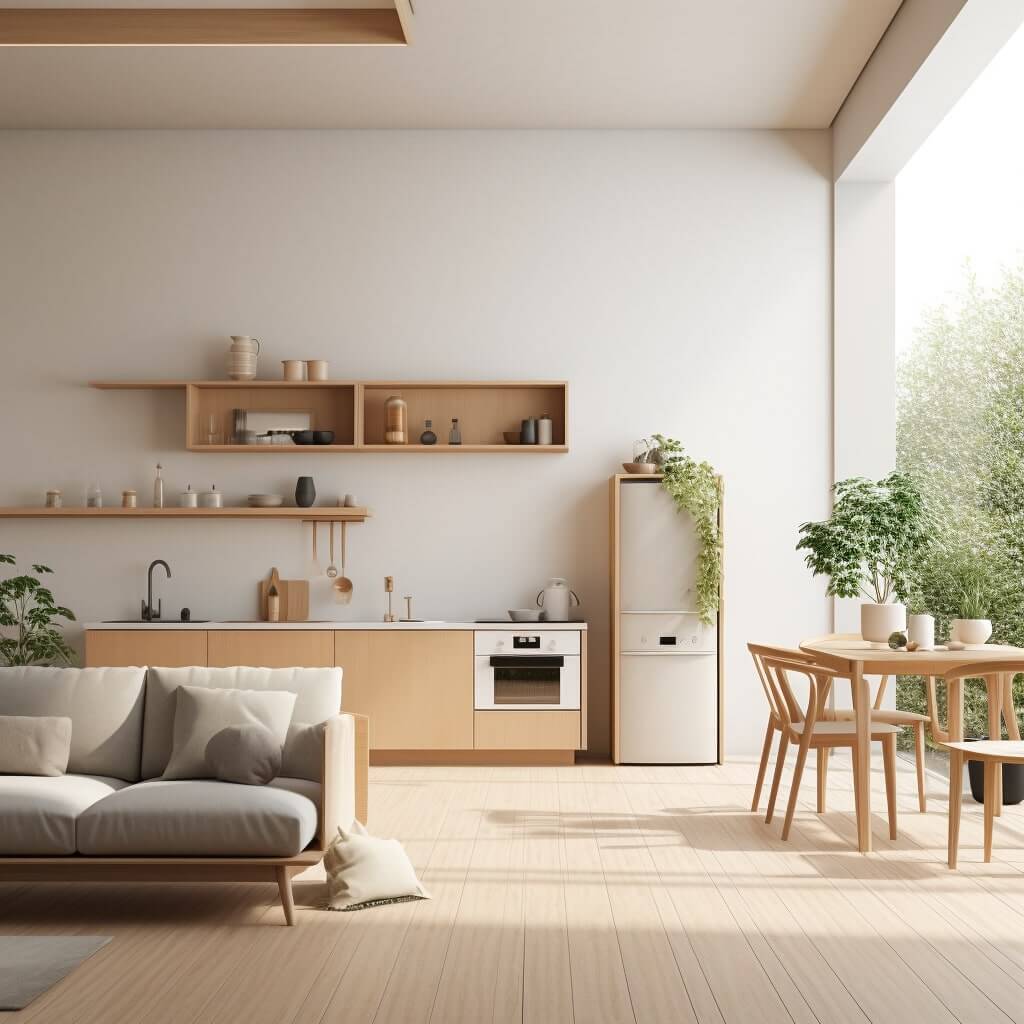
Japandi Style in the Kitchen
My Japandi kitchen adheres to the same principles. I’ve incorporated open shelving, displaying neatly arranged dishware as a design element.
The color scheme is a calming mix of neutral tones, punctuated with natural wood and plants.
Japandi Style in the Bedroom
In the bedroom, simplicity and comfort reign. A platform bed, a mix of soft textures, and muted tones evoke a sense of tranquility that aids restful sleep.
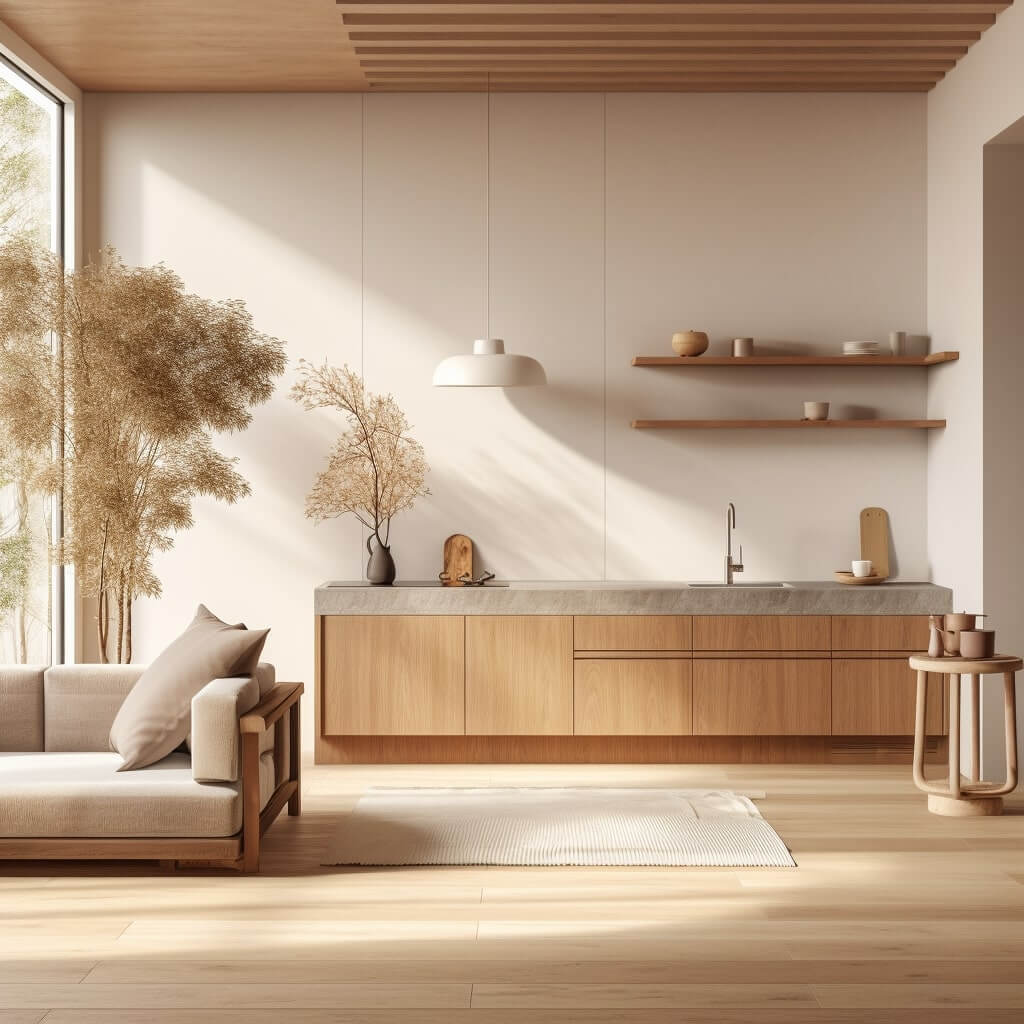
Japandi Style in the Bathroom
Even the bathroom reflects the Japandi aesthetic.
Clean lines, minimal decor, and a focus on natural materials—like a bamboo bath mat or stone soap dish—create a space that feels organic and serene.
Combining Rooms in a Japandi Apartment
In smaller apartments, combining rooms—like a living room with a study area—can save space.
With careful zoning using rugs or furniture placement, and a cohesive color scheme, a multi-purpose room can still embody the Japandi philosophy.
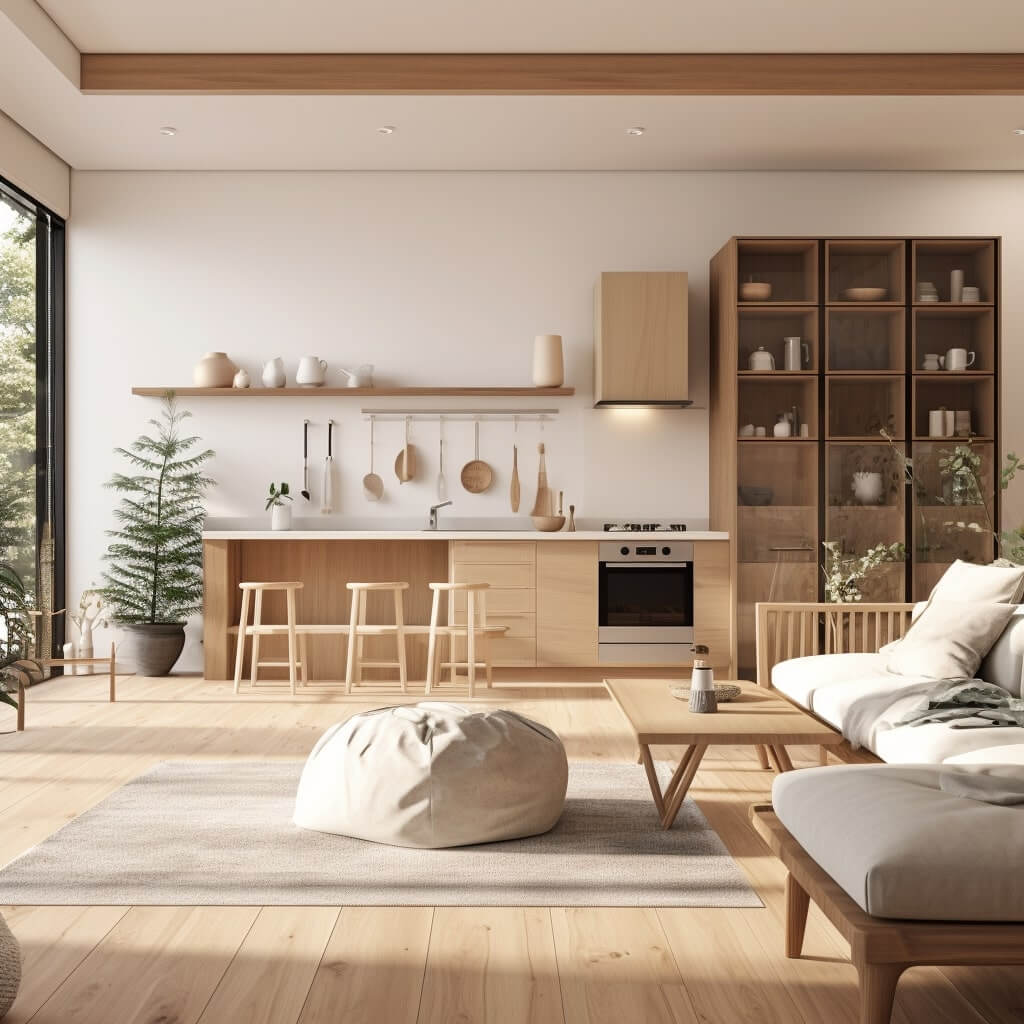
The Japandi Philosophy and Apartment Living
As I’ve discovered, adopting the Japandi philosophy in an apartment is about more than design—it’s a way of living that permeates every aspect of home life.
Minimalism in Apartment Living
Embracing minimalism in an apartment is transformative. It’s meant trading clutter and excess for simplicity and functionality.
The focus on minimalism in Japandi design has helped me maintain a clear, open living space that’s a joy to inhabit.
Sustainability in Apartment Living
My commitment to Japandi has also meant placing sustainability at the heart of my apartment life.
Choosing eco-friendly materials, reducing waste, and valuing quality over quantity—these practices have helped create a home that’s kinder to our planet.
Creating a Serene Environment in an Apartment
Above all, living in a Japandi apartment means cultivating serenity. By prioritizing natural elements, light, and calming colors, my apartment has become a haven of tranquility amidst the city’s hustle and bustle.
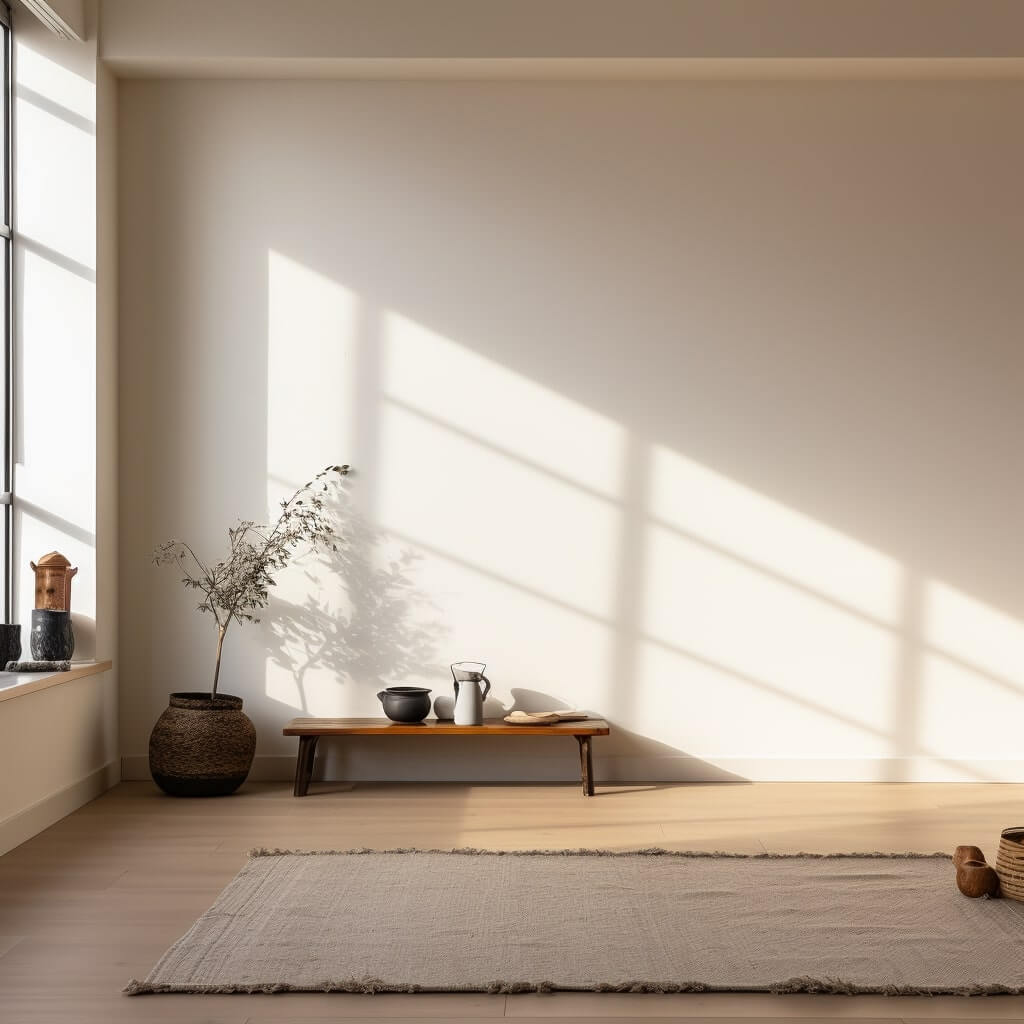
FAQs
What are the principles of apartment interior design?
The principles of apartment interior design include functionality, aesthetics, maximizing space, creating a cohesive color scheme, considering lighting, and incorporating personal style.
What questions are asked about interior design?
Common interior design questions include: What is the room’s function? What’s the budget? What’s your preferred style? How much space is available? What colors and materials do you like?
What are four factors to consider when planning the design of a room?
Consider the room’s purpose, the available space, the lighting (natural and artificial), and the color and material palette.
How long does it take to design an apartment?
Designing an apartment varies based on size, complexity, and personal taste, but it typically takes a few weeks to a few months.
How do you arrange an apartment?
Optimize for functionality and space. Use multi-purpose furniture, strategically place larger items, consider traffic flow, and keep design cohesive throughout.
What is a studio flat layout?
A studio flat layout is an open-plan design where living, dining, and sleeping areas exist within one space, typically with a separate bathroom.
How do I style my one room apartment?
Maximize space with multi-functional furniture, use light colors to make it feel larger, incorporate smart storage solutions, and ensure decor pieces serve a purpose.
How do you make a small flat look nice?
Use light colors, mirrors, and strategic lighting to make the space feel larger. Opt for multi-purpose furniture and smart storage solutions to reduce clutter.
What is Japandi style?
Japandi style is a fusion of Japanese and Scandinavian design principles, emphasizing minimalism, functionality, natural materials, and a muted color palette.
What is the difference between Scandi and Japandi?
While both Scandi and Japandi prioritize minimalism and functionality, Japandi incorporates more natural materials, warmer tones, and a stronger focus on craftsmanship.
What is the origin of the Japandi style?
Japandi originated from blending the minimalist elegance of Japanese design with the rustic simplicity of Scandinavian style.
What materials are used in Japandi style?
Japandi style favors natural, sustainable materials like wood, stone, bamboo, linen, and ceramics.







